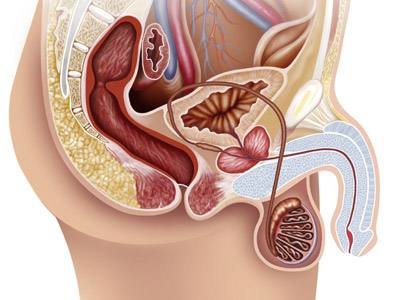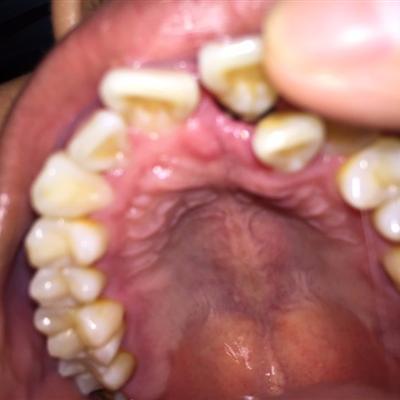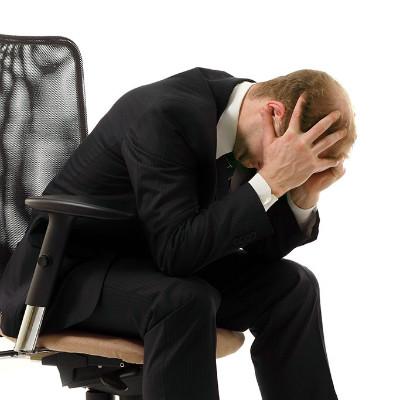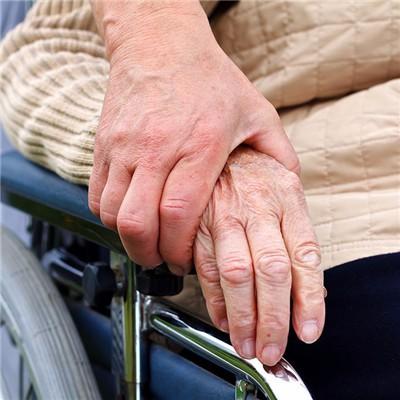How is ankle bone fracture treated?
summary
Edema after osteoschisis is a very common situation. Most patients can slowly reduce the swelling within one or two weeks after osteoschisis. If it is a lower limb osteoschisis, such as ankle osteoschisis, there may be edema after removing the fixator. If there is local swelling, pain and limping after a long time. A lot of people don't care about ankle fracture, but it will often form a wrong fracture later, which can't move normally and does serious harm. So some patients asked how to treat ankle fracture?, Today I'd like to share this with you.
How is ankle bone fracture treated?
First, patients with osteoschisis often have to go through a period of "fixation" treatment, but after removing the fixation, it is found that the soft tissue around the joint has adhesion and contracture, which affects the range of motion of the joint. If the range of motion of the ankle is not restored, the walking posture will be affected. Therefore, after removing the external fixation, early ankle movement is the key.

Second, lateral malleolus osteoschisis often accompanied by different degrees of damage to the surrounding soft tissue and capillaries, which will affect the repair of soft tissue. When the human body is standing and walking, due to gravity and local blood circulation obstruction, lower limb blood flow is often blocked, resulting in local swelling and pain, but this is an inevitable stage in the process of post-traumatic rehabilitation, without tension.

Third: there are many proprioceptive receptors around the joints of the human body, which are the "control system" of the human brain to the limbs. Trauma can cause different degrees of damage to these receptors, which is why the fracture healing may also appear to walk limp or feel not fast, can't run phenomenon, need patients in the fracture healing after basic professional balance, exercise training will gradually recover.

matters needing attention
Early: the main form of exercise is rhythmic muscle contraction and relaxation. The upper limbs can be clenched, cantilevered and lifted to make the whole upper limb muscles contract and relax again. Lower limbs can make ankle joint dorsiflexion, quadriceps femoris contraction, so that the whole lower limb force, and then relax, gradually. Early do not do joint activity exercise. In the middle stage, local swelling and pain disappeared, and the callus gradually increased and became stable due to the healing of the fracture end. It was not easy to shift under the protection of splint. In addition to continuing muscle contraction exercise, some active joint flexion and extension activities were carried out, gradually increasing from one joint to multiple joints. The lower limb patients could walk on the bed, and the injured limb gradually carried weight. Later stage: the fracture has been clinically healed, the patients can do some light work to make each joint get comprehensive exercise, and the lower limb patients can gradually walk with weight under the protection of crutches until the fracture is healed firmly. Attention should be paid to prevent as far as possible is not conducive to the activity of bone fracture. Such as ankle abduction activities, torsion activities, should be avoided.











